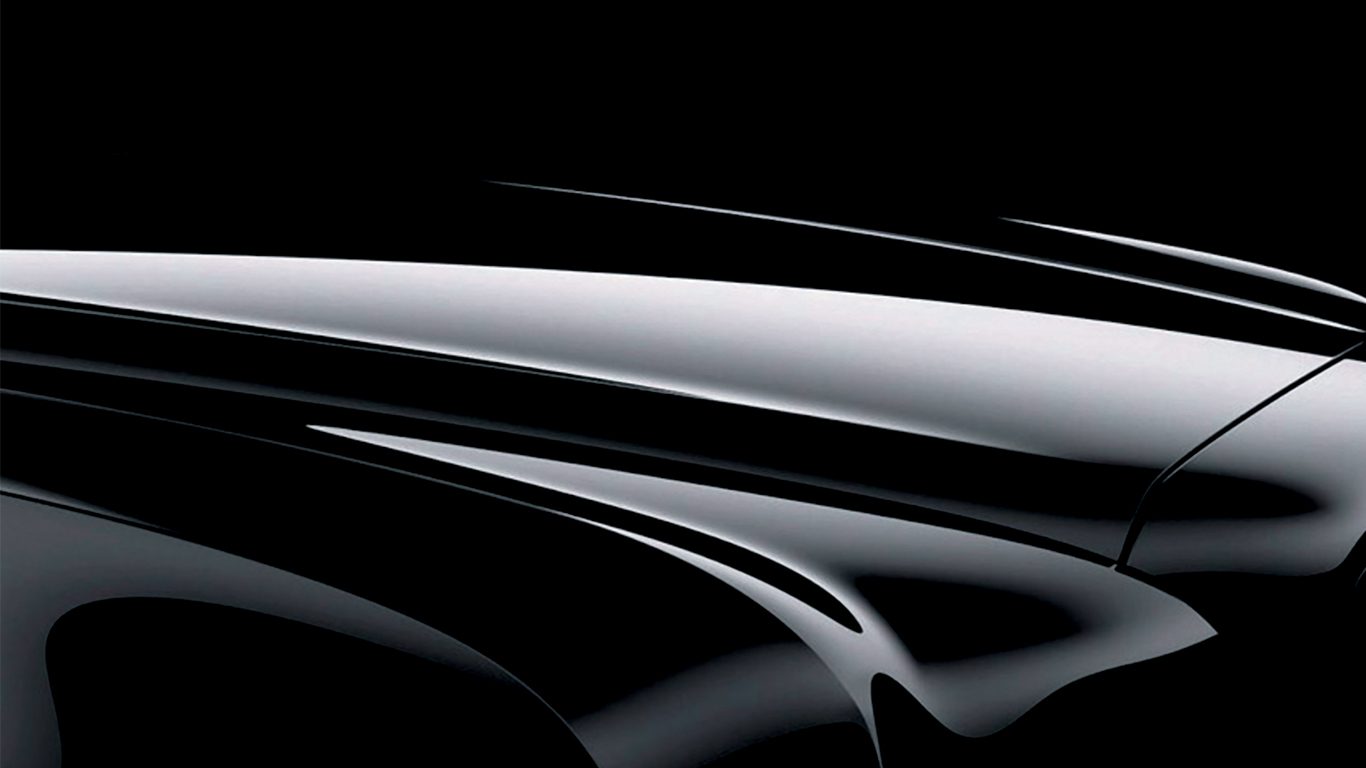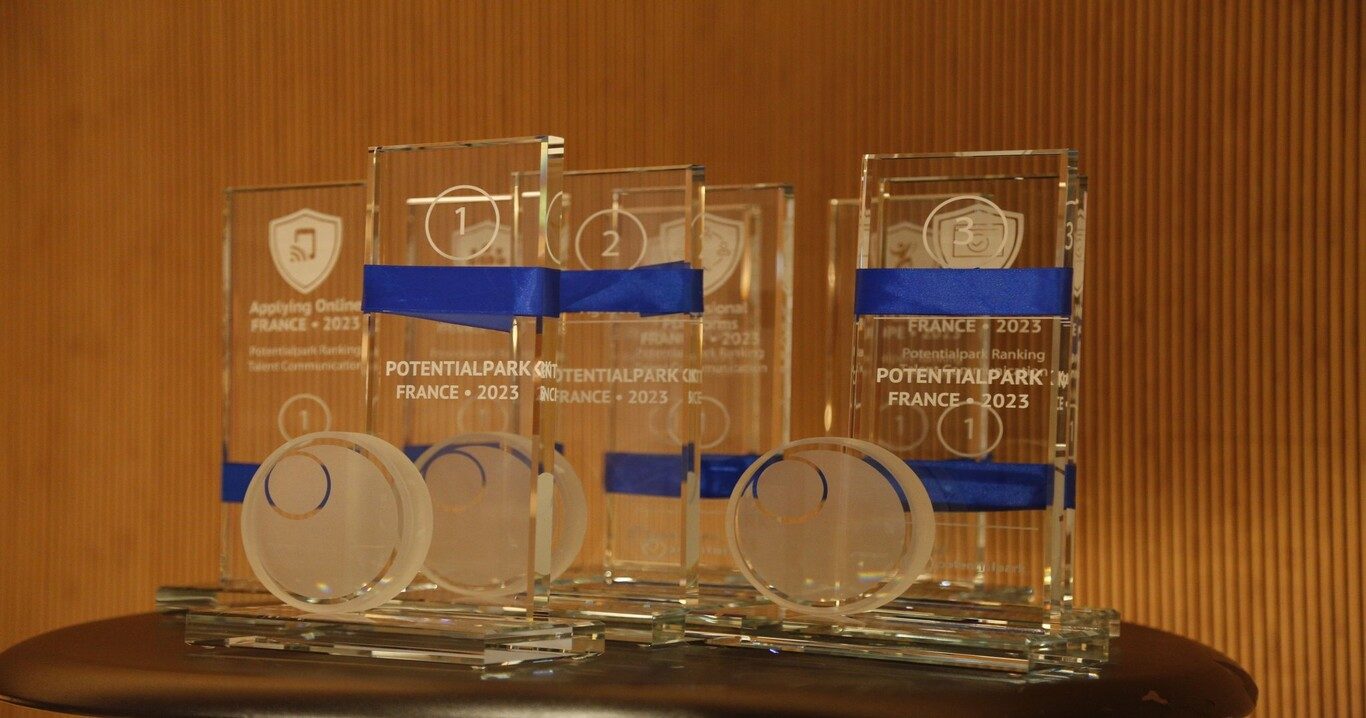1) Opt for a less polluting energy mix
Worldwide, electricity production accounts for nearly 27% of greenhouse gas emissions. This significant impact can be explained in particular by the massive use of coal, gas and fuel oil to power energy plants. Faced with this situation, a large majority of energy companies have recently committed themselves to greening their activities. First of all, this involves diversifying energy supply sources by giving more room to renewable energies (wind, solar, etc.), to less emitting forms of electricity (nuclear, hydroelectric, gas, etc.) or to the production of low-carbon hydrogen, which has been very popular in recent years, and for which a major challenge is to succeed in producing it at low cost.
Manufacturers are also interested in innovation in energy storage, which would facilitate the use of renewable energies by smoothing their production directly on the production sites. Promising avenues include the Remora solution, for example, which will enable massive storage of intermittent renewable energy in the form of compressed air.
Despite this mobilisation, the greening of energy production looks set to be a long challenge, with coal still being used massively in some countries to power energy plants. In this context, the good news comes from national and international institutions. Whether it is the French recovery plan or European aid, they have decided in recent months to massively direct their subsidies towards projects that contribute to the energy transition.
2) Designing more virtuous end products
Faced with the climate emergency, engineers must review their design methods to propose products and processes with a reduced carbon footprint throughout the product’s life cycle. This eco-design starts with a more economical approach to materials. Take the example of the automotive industry. Using materials with a lower carbon footprint, reintroducing plastics from recycling channels or replacing carbon fibre with basalt fibre from volcanic magma rock in a new vehicle can concretely reduce its carbon footprint.
Some of our studies seem to indicate that it will be possible in the future to integrate bottom ash (combustion residue) in order to reduce the quantity of virgin raw material used to manufacture cement (a major generator of GHGs), which is so prized by the construction industry.
The second major challenge for the industry in terms of eco-design will be its ability to design products whose future use will limit our dependence on fossil fuels. Here again, the world of transport is particularly concerned: hydrogen-powered aircraft, electric buses, hybrid electric/biogas boats…. Vehicles that are also expected to be lighter in order to further reduce the level of energy required for their propulsion. The main obstacle to this eco-design approach in industry? Price. More virtuous, these new products will be more expensive to produce and therefore more expensive to sell.
3) Commit to a circular economy
Produce, sell, throw away, replace. This is the age-old pattern of industrial production. This economic model, which is a major emitter of greenhouse gases, no longer seems compatible with climate change issues. Industry players must change their software to project themselves into a circular economy, where today’s waste will be tomorrow’s resources. This is particularly the case in the mobility sector where many players are working on vehicle retrofits. The principle: rather than replacing your old model with a new one, the manufacturer will be able to offer you a regular ‘update’ of your vehicle, like a reconditioned smartphone. For example, it will replace your old diesel engine with a hydrogen engine or offer you replacement modules for your most worn-out equipment (upholstery, dashboard, etc.). This would massively reduce the production – and environmental impact – of ‘new’ vehicles.
This new approach is nevertheless likely to seriously shake up the professions and the organisation of this sector. Automotive engineers will have to design vehicles capable of exceeding one million kilometres, compared with a few hundred thousand today. For their part, manufacturers will have to rethink their commercial offer in order to guarantee rapid and efficient maintenance to their customers. Predictive maintenance and artificial intelligence will invade all systems (products and factories) to intervene before costly breakdowns occur.
4) Inventing smarter factories
“Measuring is progressing! “is not just an old Lean manufacturing adage. In addition to changing their energy mix or designing their products in a more sustainable way, major industrial groups must also review their production methods if they want to achieve their environmental objectives. Smarter, more digital and therefore more efficient factories are the basis of the Industry 4.0 concept that has taken hold in the industrial sector in recent years. This transformation is taking place in the field through the integration of new technological solutions on production sites: production line monitoring, augmented reality, 3D printing, 3D scanning, predictive maintenance, artificial intelligence, etc. Now mature, these technologies help to optimise the factory’s energy consumption and improve the efficiency of manufacturing processes (lower machine consumption, fewer machine stoppages, lower volumes of waste generated, lower polluting emissions, etc.). ). In other words: the factory of tomorrow is being invented today.
5) Rethinking the organisation of teams
Teleworking, banning international travel, remote meetings… Like most sectors of the economy, the world of industry has had to review its working habits in the face of the constraints of the health crisis. This unprecedented context has also made it possible to reduce CO2 emissions worldwide by around 7% by 2020. Beware: industrialists must not go backwards! On the contrary, they must take advantage of this experience to rethink their organisations in the coming years. On the ground, companies in the sector must therefore continue their efforts to avoid unnecessary travel, consumption and wastage of materials, which the crisis has shown to be pointless. This change of mindset does not only concern support functions but can also be applied to production activities, particularly thanks to the digitalisation of tools. It will become essential to facilitate carpooling, encourage the use of public transport and, of course, integrate a significant proportion of teleworking. This will even be a criterion of attractiveness to a new generation of employees who are more attentive to the CSR policies of their employers. The ultimate advantage of this new approach is that it can be easily applied and does not require large investments.
Verbatim
—
“Cleaner, new energies will also be more expensive. In the future, industry and consumers will have to pay more for their electricity in order to ensure the preservation of the planet. This is a choice for the future.”
Jean-Luc Baraffe







 FOR A BETTER EXPERIENCE
FOR A BETTER EXPERIENCE